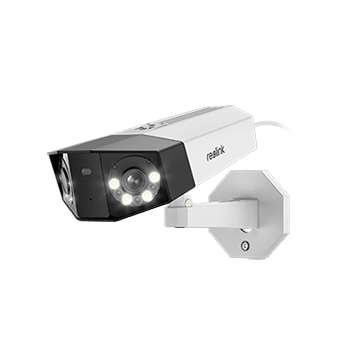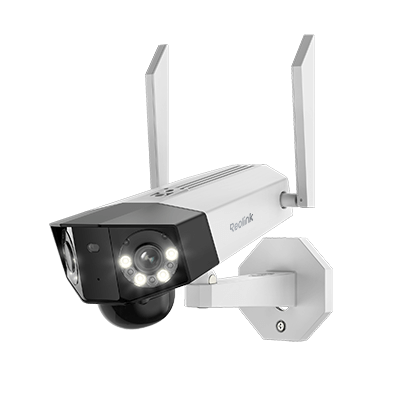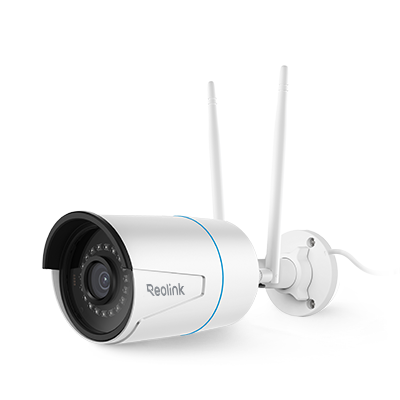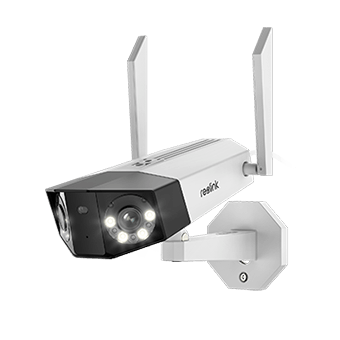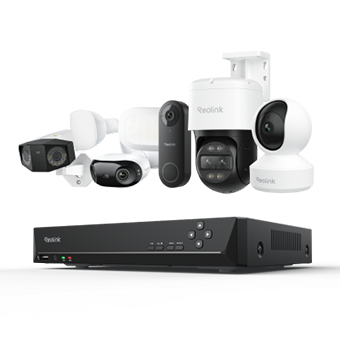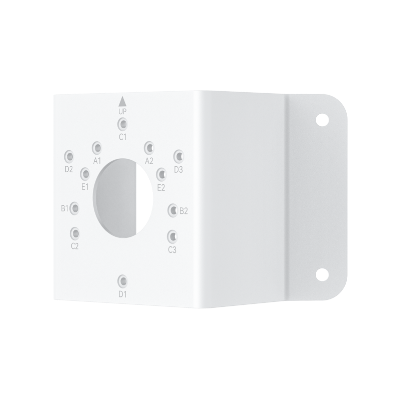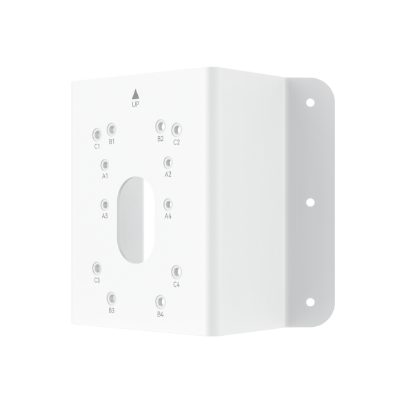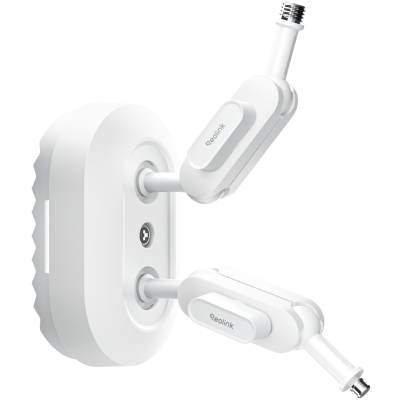UHD vs. 4K: A Comprehensive Comparison
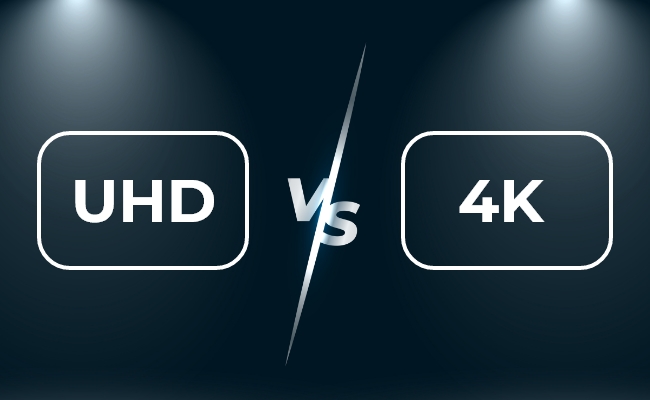
In the world of digital display technology, two terms often create confusion: UHD vs 4K. As consumers, it's crucial to understand the differences and similarities between these two high-resolution standards to make informed decisions.
This article will provide a comprehensive comparison of UHD vs 4K, exploring their unique features and benefits and how they impact your viewing experience. So whether you're debating on a 4K vs UHD TV or curious about the difference between Crystal UHD vs 4K, we've got you covered.
UHD vs. 4K: Which Is Better?
While both UHD and 4K offer high-definition viewing experiences, the critical difference between UHD and 4K lies in use cases, Ultra High Definition (UHD) is a consumer display and broadcast standard, while 4K is a professional production and cinema standard.
Resolution
When comparing UHD resolution vs 4K, we see that UHD, or Ultra High Definition, usually refers to a 3840 x 2160 pixel resolution. On the other hand, 4K, also known as DCI 4K in the film industry, boasts a slightly higher resolution at 4096 x 2160 pixels.
Thus, when you're considering 4K UHD vs 4K, keep in mind that 4K offers a marginally more comprehensive view. However, when it comes to 4K UHD vs 4K 2160p, they are the same because 2160p is another way of referring to the vertical resolution of UHD. So, in terms of UHD vs 4K resolution, UHD is slightly less than 4K.
Aspect Ratio
The aspect ratio, which is the width of the image compared to its height, also differs between UHD and 4K. UHD follows a 16:9 aspect ratio, which matches most television broadcasts and streaming platforms today. In contrast, 4K adopts a 1.9:1 (or approximately 17:9) aspect ratio, which is used more commonly in the cinema industry.
Industry Standard
Discussing 4K vs 4K UHD in terms of industry standards, it's important to note that UHD has become the standard for consumer televisions due to its compatibility with current broadcast standards.
Conversely, 4K is more prevalent in the professional video production and cinema field, where the extra pixels can make a noticeable difference in image quality. This distinction is vital to understand when deciding between UHD and 4K for your specific needs.
Details Of UHD And 4K
Understanding the basics of UHD and 4K is crucial for anyone looking to invest in a high-definition display or content. At their core, both terms refer to screen resolutions that offer more detail and clarity than traditional Full HD (1920 x 1080 pixels). However, they are not the same. Here's a simple explanation of the 4K UHD meaning.
What Is UHD?
UHD, short for Ultra High Definition, is a term coined by the television and consumer electronics industry. A UHD resolution typically refers to a display resolution of 3840 x 2160 pixels. This resolution is four times the pixel count of Full HD (1920 x 1080). Hence, it's sometimes also referred to as 4K UHD or 2160p.
UHD displays provide sharper images, finer details, and smoother lines, leading to a more immersive viewing experience. It's particularly noticeable on larger screen sizes, where the increased pixel density significantly improves picture quality compared to lower-resolution displays.
What Is 4K?
4K, on the other hand, is a standard primarily used in the film and video production industry. The name "4K" comes from the approximate width of the resolution, which is around 4000 pixels. Specifically, the 4K resolution in the cinema industry, also known as DCI 4K, is 4096 x 2160 pixels.
Like UHD, 4K offers highly detailed and clear images. However, because of its slightly higher resolution, 4K provides a marginally wider field of view compared to UHD. This difference is usually negligible for most consumers, but it can be significant for professionals in the video production and cinema industry.
UHD vs. 4K: Applications
In the realm of high-definition displays and content, UHD vs 4K are two terms that often overlap. However, their applications can vary across different devices and fields.
UHD vs. 4K Monitor
For computer monitors, both UHD and 4K offer superior image quality compared to standard HD screens. In practice, 4K monitors are used more for professional purposes, such as graphic design and video editing, where the additional pixels provide a more detailed and accurate display.
UHD monitors, on the other hand, are more commonly found in consumer-level products, offering high-quality visuals for gaming and general media consumption.
UHD vs. 4K Camera
In the field of security cameras, 4K refers to the camera's ability to capture video at a resolution of approximately 4000 horizontal pixels. This makes for highly detailed video, which is useful when attempting to recognize persons or license plates.
UHD cameras, while still offering high-resolution footage, may not deliver the same level of detail as a 4K camera due to their slightly lower resolution.
UHD vs. 4K TV
When it comes to televisions, the terms UHD and 4K are often used interchangeably by manufacturers. Still, there is a difference between 4K OLED TVs and UHD TVs. The "OLED" describes the type of display technology that is employed, which, in comparison to conventional LED TVs, can generate deeper blacks and more brilliant colors.
So, when you're comparing OLED vs 4K UHD, remember that you're comparing two different aspects: the display technology (OLED) and the resolution (4K UHD). In reality, many high-end TVs feature both 4K UHD resolution and OLED technology.
UHD vs. 4K Gaming Console
Regarding gaming consoles, the choice between UHD and 4K largely depends on the specific console and the games being played. Both Xbox One X and PlayStation 4 Pro support 4K gaming, but not all games are optimized for 4K resolution.
When considering UHD vs. 4K for gaming, it's important to remember that while 4K offers a higher resolution, the difference may only be noticeable if you're playing on a large screen or sitting very close to the TV.
4K UHD vs. 4K HDR: What's The Difference?
The terms 4K UHD vs 4K HDR refer to different aspects of display technology. 4K UHD, as mentioned earlier, is about resolution – it relates to a screen resolution of 3840 x 2160 pixels, offering highly detailed and sharp images.
On the other hand, 4K HDR (High Dynamic Range) is about color depth and contrast. HDR boosts the difference between the lightest and darkest areas of an image and expands the color spectrum that can be seen on a screen.
Therefore, when comparing 4K HDR vs 4K UHD, remember that they complement each other - 4K UHD provides sharpness and detail, while 4K HDR enhances the color and contrast.
16MP's Influence in 4K vs. UHD
Reolink is redefining the 4K vs. UHD comparison in security cameras by introducing a 16MP camera series, starting with the Duo 3 PoE. This leap in resolution provides significant advantages for users, including incredibly detailed and clear images, which are crucial for identifying faces or license plates.
Groundbreaking 16MP Dual-Lens PoE Camera
16MP UHD, Dual-Lens, Motion Track, 180° Wide Viewing Angle, Power over Ethernet, Color Night Vision.
The higher resolution also enables more effective digital zoom, ensuring details remain clear even when zoomed in. At CES 2025, Reolink unveiled the new Duo 3 WiFi, the first WiFi model in the 16MP series. This dual-lens camera delivers excellent clarity over dual-band WiFi 6.
Groundbreaking 16MP Dual-Lens WiFi Camera
16MP UHD, Dual-Lens, Motion Track, 180° Wide Viewing Angle, Plug-In WiFi, Color Night Vision.
FAQs
Is UHD The Same As 4K?
While often used interchangeably in consumer electronics, UHD and 4K are not the same.
Which Is Better, QLED, OLED, Or 4K UHD?
QLED, OLED, and 4K UHD refer to different aspects of a TV. QLED and OLED are types of display technologies that produce images, while 4K UHD is a resolution standard.
The choice among them depends on your specific needs. OLED TVs generally have superior contrast and black levels, but QLED TVs can be brighter and more colorful. Both can come in 4K UHD resolution, offering highly detailed images.
What Does UHD Mean In Movies?
In the context of movies, UHD (Ultra High Definition) refers to the high-resolution format that offers more detail and clarity than traditional formats. A UHD movie typically has a resolution of 3840 x 2160 pixels, providing sharper images, finer details, and smoother lines for a more immersive viewing experience.
Conclusion
In the ever-evolving world of display technology, understanding what is UHD and 4K HDR is crucial. While both offer enhanced viewing experiences, they refer to different aspects - resolution and color depth/contrast, respectively.
In the field of security cameras, the move to higher resolution, like the upcoming 16MP camera lineup by Reolink, will provide users with remarkable detail and clarity. Do you know the differences between UHD vs 4K? Share your opinions with us in the comment section below! We'd love to hear from you!
Search
Subscribe for the Latest Updates
Security insights & offers right into your inbox

















